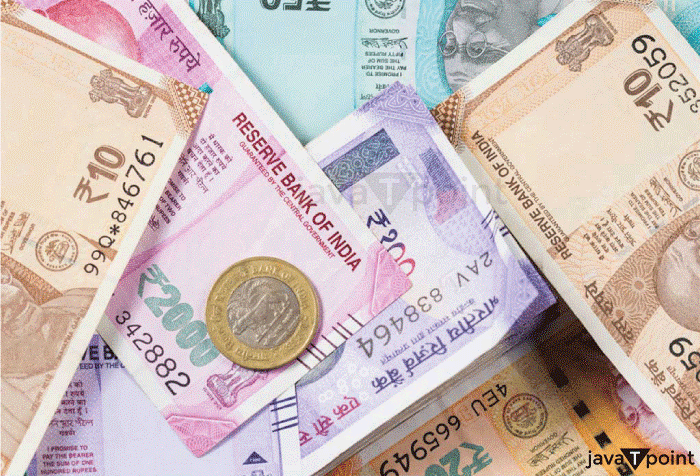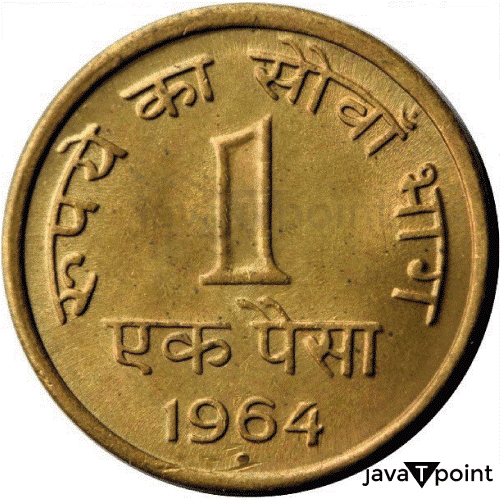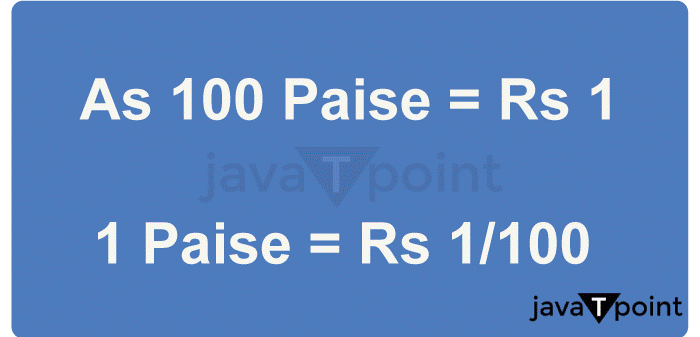Convert 10000 Paise to RupeesThe official currency unit in India is the rupee. The rupee is divided into 100 paise. Over time, India's monetary system has evolved to reflect the country's cultural and economic growth. In this article, we will discuss the conversion of 10,000 paise into rupees and explore the origins of the Indian rupee. Historical Background of the Indian Currency SystemThe Indian currency system has a rich and fascinating history dating back thousands of years. In ancient times, various commodities, such as cowry shells, grains of rice, and metal items, were used as a means of exchange. As organized kingdoms and trade networks emerged, metal coins became more prevalent. The first standardized coinage in India was introduced under the Maurya Empire in the fourth century BCE. These silver coins featured Brahmi script writing and were made of metal. Several dynasties, including the Kushan, Gupta, and Mughal empires, created their currencies. The Indian monetary system saw considerable modifications throughout the British colonial era. The British established the British Indian rupee in 1835, which was adopted as the nation's official exchange unit. The rupee's peg to the standard was originally silver but was subsequently changed to gold. The first banknotes were printed in British India in the middle of the 19th century, ushering in the era of paper money. The Indian Rupees After IndependenceIndia had a period of economic change and currency reform after winning independence from British control in 1947. The Indian rupee formally replaced the British Indian rupee as the nation's currency in 1950. One rupee equals 100 paise under the new Indian currency, which maintained the former decimal system. To meet the expanding demands of the economy, the Indian government, throughout time, issued several denominations of banknotes and coins. There are now 1, 2, 5, 10, 20, 50, 100, 200, and 500 rupee banknotes in use. Although their use has greatly decreased in recent years, coins are still available in the following denominations: 1, 2, 5, and 10 rupees, as well as lesser quantities of paise. The monetary system's conversion to decimalization streamlined transactions and improved the accuracy of computations. Before decimalization, the Indian currency system used a non-decimal fractional unit, with one rupee divided into 16 annas and each anna further divided into four paise. The monetary system was consolidated throughout the decimalization process, expediting transactions and bringing them into compliance with world norms. The design and coin and banknote denominations have changed due to the decimalization of the Indian rupee. The Reserve Bank of India, the nation's central banking organization, assumed control over currency issuance and regulation. 
Understanding Paise and Their UsagePaise, the subunit of the Indian rupee, are important in the monetary system. However, their popularity and use have declined over time. In India, the term "paise" is widely used to refer to lesser denominations of money. Initially, paise coins ranging from 1 paise to 50 paise were extensively circulated in India. The artwork and motifs on these coins were iconic representations of Indian culture and history. However, due to inflation and the falling value of the paise, their use has declined dramatically in recent years. The rounding off of pricing is one of the primary causes behind the paise's decline in importance. Many stores and companies round off pricing to the closest rupee to facilitate transactions. This practice avoids dealing with tiny denominations and saves time during monetary transactions. Furthermore, the development of digital payments has reduced the use of paise even further. Physical coins of lesser value, like paise, have become less significant in day-to-day transactions as digital wallets, internet banking, and electronic transactions have grown in popularity. 
Conversion of 10,000 Paise to RupeesLet's look at the 10,000 paise to rupee conversion. As previously stated, 100 paise equals one rupee. To convert paise to rupees, multiply the paise sum by 100. The conversion is as follows: 10,000 paise รท 100 = 100 rupees As a result, 10,000 Paise equals 100 rupees. 
Currency Conversion Rate Influencing FactorsVarious variables influence currency conversion rates, such as market forces, economic circumstances, and geopolitical events. These variables might cause the currency rate between the paise and rupee to vary.
Economic Implications of Paise and RupeesThe exchange rate of paise and rupees has important ramifications for the Indian economy. Currency stability is critical for price stability, boosting local and international commerce, and attracting foreign investment.
The Importance of Digital PaymentsIndia has seen a considerable transition towards digital payments in recent years. The government's desire for a digital economy and the widespread availability of smartphones and internet access has hastened the development of digital payment systems and electronic transactions. Mobile wallets, UPI (Unified Payments Interface), and online banking are examples of digital payment solutions that provide convenience, speed, and security. They eliminate the need for real currency, especially lesser-value coins such as paise, and allow more efficient transactions. Due to the electronic nature of digital payments, rounding off prices to the next rupee has become even more common. Furthermore, the rise of e-commerce has led to a decline in paise usage. Prices are frequently shown in entire rupees on online purchasing sites, and transactions are conducted electronically, avoiding the need to handle real currencies. 
ConclusionFinally, converting 10,000 paise to rupees involves more than a straightforward mathematical computation. Exploring this topic helps us to dive into the Indian currency system's historical past, comprehend the significance of paise, and analyze its contemporary usage in the Indian economy. The importance of the paise has dwindled over time as the financial system has evolved and digital payments have become more popular. Rounding up pricing to the next rupee has become normal, facilitating transactions and eliminating the need to handle smaller denomination currencies. As India navigates the difficulties and possibilities of a rapidly changing economic landscape, the future of the paise and the currency system are topics of constant discussion and debate. When converting 10,000 paise to rupees, remember that the idea of paise has grown less prevalent in recent years. With the decreasing usage of paise in regular transactions, shopkeepers frequently round off costs to the next rupee. This practice streamlines transactions and eliminates the need to deal with lesser amounts. While 10,000 paise may appear to be a large sum, it is only 100 rupees. It illustrates the considerable value differential between paise and rupees. It is critical to be aware of these conversions and their ramifications as India modernizes its monetary system and adjusts to shifting economic trends.
Next TopicCubes 1 to 20
|
 For Videos Join Our Youtube Channel: Join Now
For Videos Join Our Youtube Channel: Join Now
Feedback
- Send your Feedback to [email protected]
Help Others, Please Share










